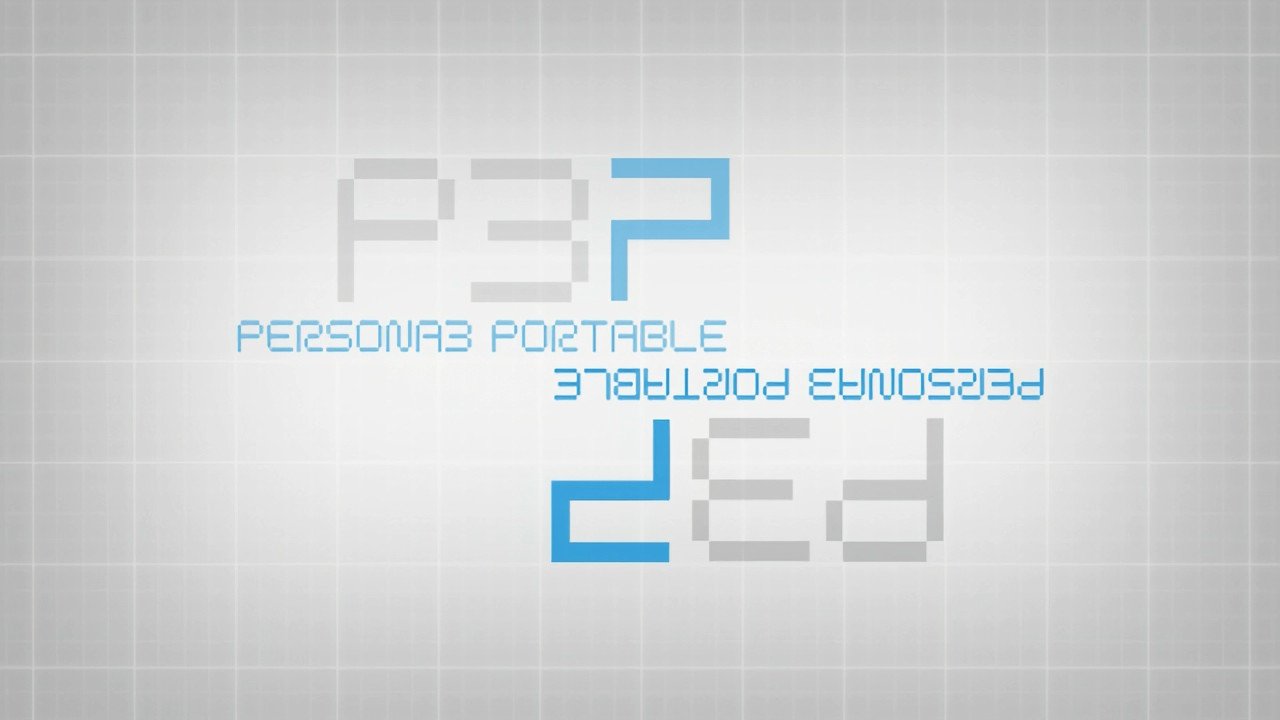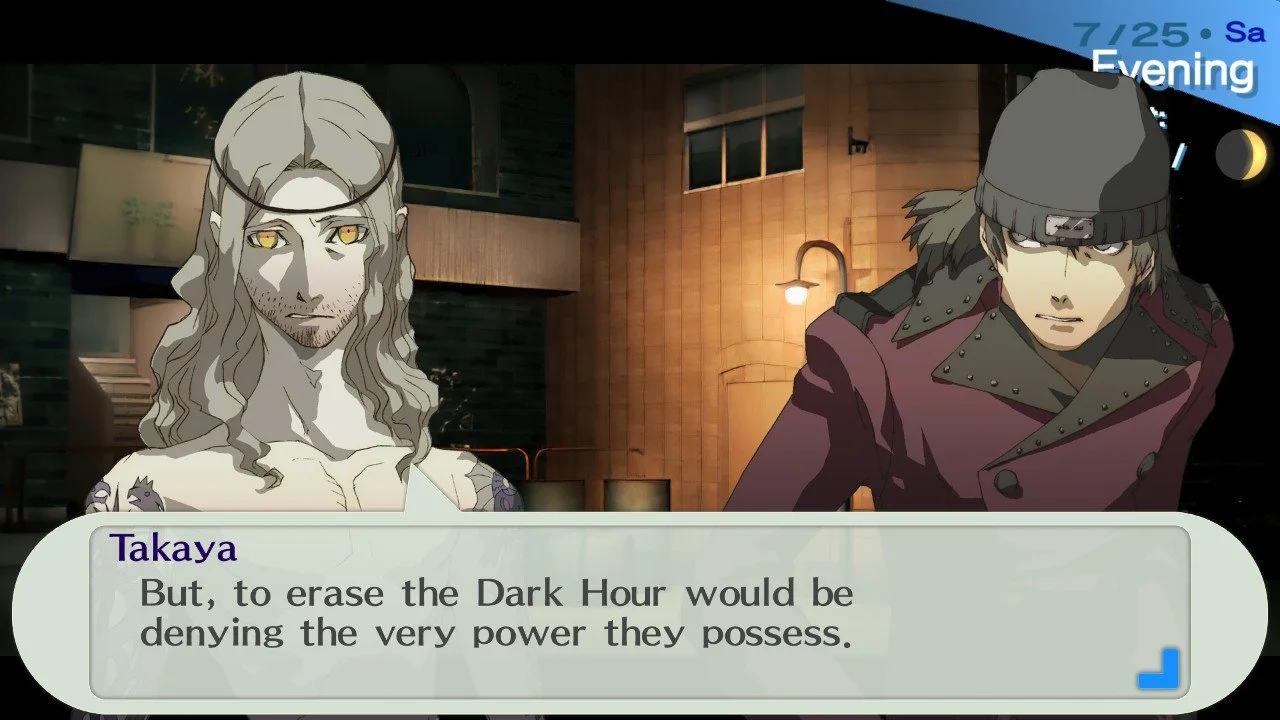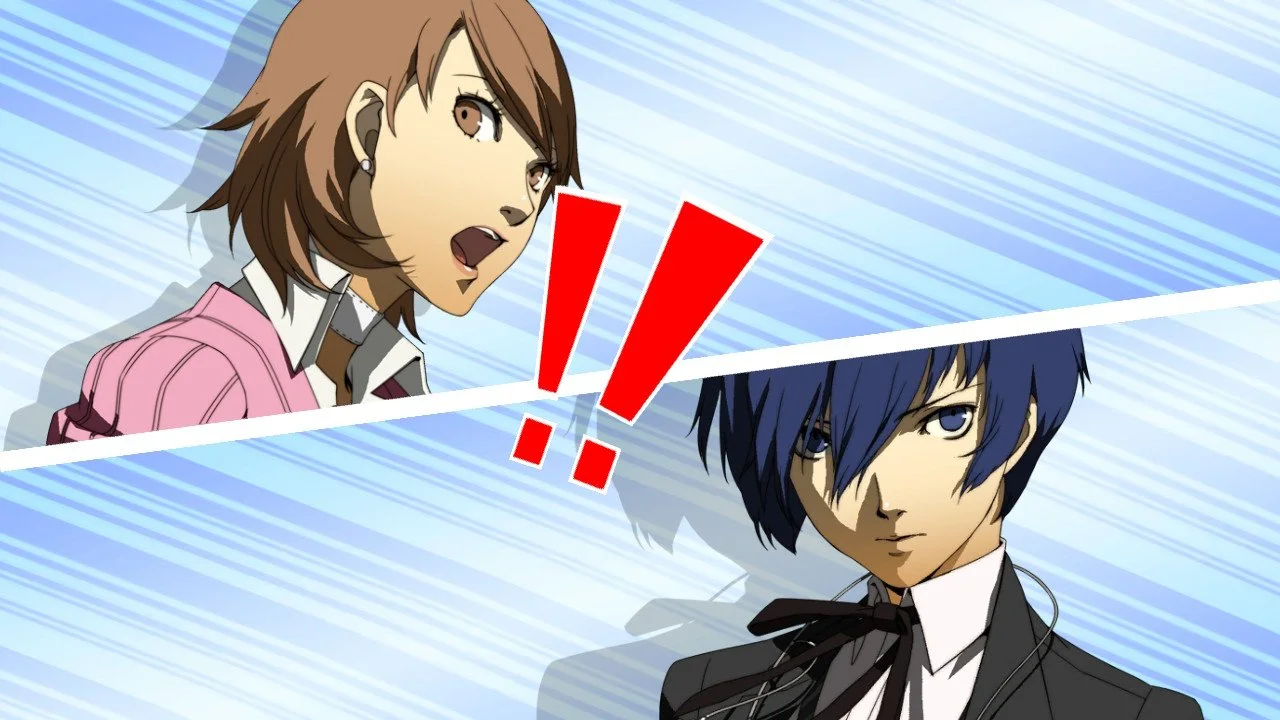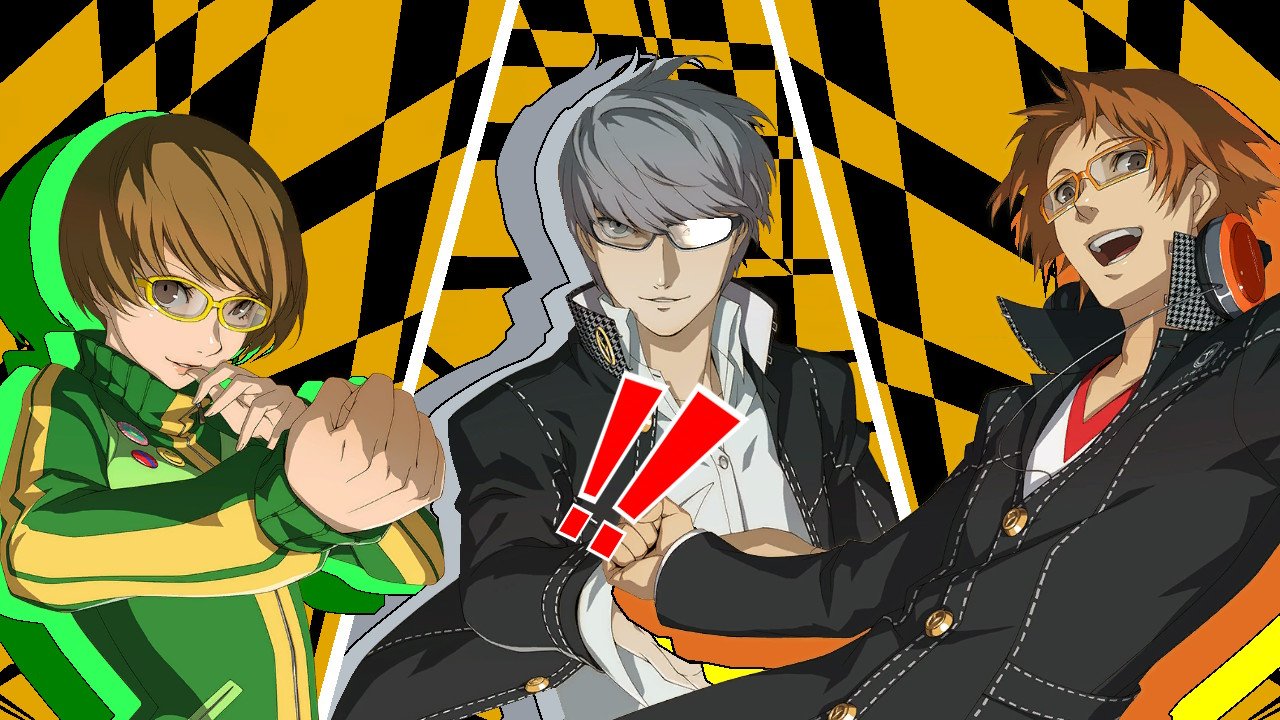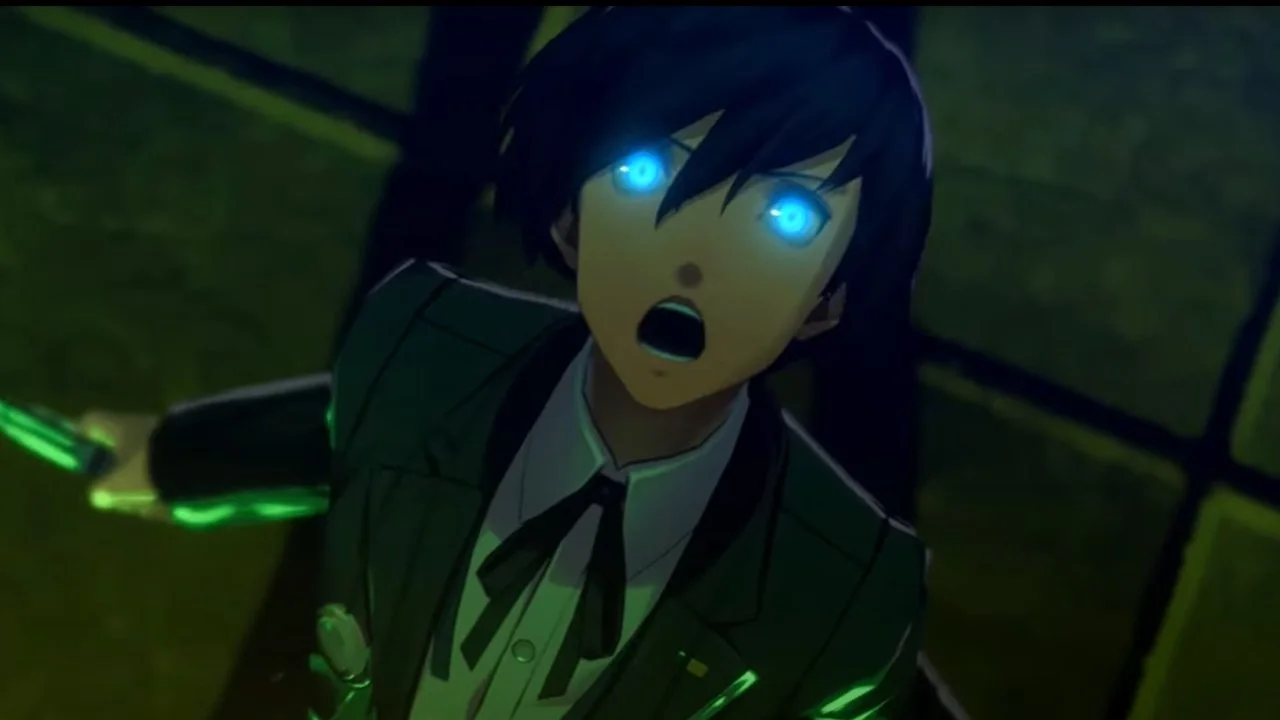Nintendo Switch review code provided by Atlus.
Person 3 Portable is often looked back on as a defining moment in the history of Atlus’ Persona franchise. It pushed the boundary of what this Shin Megami Tensei spinoff could really be and ultimately led to Persona eclipsing its parent series in terms of cultural cache. The introduction of the pivotal Social Link system would go on to have irrevocable effects on the franchise.
Now Persona 3 Portable has made its way to modern platforms, bringing this formerly difficult-to-play title to just about every gamer the world over. It’s been more than a decade since the game’s release, and while many of its systems don’t withstand the scrutiny of time, Persona 3 Portable still lives up to its legendary status.
Story
Persona 3 Portable (P3P) chronicles the adventures of SEES: Specialized Extracurricular Execution Squad. SEES is a group of high school students who have awakened to the power of Persona, a mystical ability that grants extraordinary powers associated with different legendary figures. The main character is thrust into this world immediately after setting foot in the city of Iwatodai, as they arrive during the mysterious Dark Hour that occurs at midnight.
Most people aren’t aware of the Dark Hour, but those who are aware must contend with Shadows, dangerous monsters that attack anyone not safely tucked away in their coffins. Needless to say, it’s a strange game. P3P’s story begins at a near-breakneck pace and rarely slows down over its 40+ plot. And as with most Persona titles, this narrative is carried squarely on the backs of its cast.
SEES is made up of a colorful group of youths ranging in age from around 10 all the way to 17 years old. The core group is made up of the protagonist, Junpei Iori, Yukari Takeba, and Mitsuru Kirijo, but the roster expands as the game progresses. While each character has their own interesting backstory and personal connection to the overarching plot, they’re all introduced without much fanfare by the adult supervisor of SEES, Shuji Ikutsuki. It’s a noticeable difference from later games, where we actually get to see them awaken to the power of Persona.
While P3P’s story is compelling overall, it does feel a little pale compared to the plot of both Persona 4 Golden and Persona 5 Royale. Part of this stems from the visual novel approach to navigation in P3P, as well as a distinct lack of depth to many of the Social Links when compared to later titles. Some of your core party are unavailable to you as Social Links until much later in the game, locked behind strict stat checks or simply time-gated for no discernible reason.
While there is a core mystery at the heart of P3P, it’s a nebulous concept that doesn’t fully develop until you’ve clocked in about 30 hours of game time. This mystery does link most of the characters to one another in very cool ways, but it takes a little too long to get there. It doesn’t help that a crucial twist is fairly predictable within the game’s opening hours.
I enjoyed P3P’s story overall, but it simply goes on for just a bit too long. While that might be a fair criticism for most Persona games, but it’s especially egregious when dealing with 13-year-old mechanics and design choices. This brings me to Persona 3 Portable’s gameplay.
Gameplay
Person 3 Portable is an RPG designed for mid-2000s gamers. That’s not to say it’s a bad game by any means, but the systems that makeup P3P are dated in a way that often grinds progression and enjoyment to a jarring halt. What was considered ground-breaking and novel in 2010 now pales in comparison to its more modern successors.
P3P was originally developed for the PlayStation Portable, an underrated console that gave us some of the best installments in more than a few franchises. Because of its underpowered nature, however, P3P was scaled back in certain regards to making the most of the console’s processing capabilities. Because of this, the majority of world navigation takes place as a cursor over static environments. It’s not the most offensive means of game interaction, but it does wear out its welcome after just a few hours.
It would be easy to forgive the lackluster navigation system if the world itself was all that interesting, but the city of Iwatodai doesn’t do much to alleviate this problem. What’s here is serviceable, but you immediately gain access to several areas around the city and then that’s just kind of it. No new regions open up, though new characters do appear to add some much-needed dimension to each locale.
The Social Link system made its grand debut in Persona 3, and its appearance here is a large part of what makes the franchise feel so fresh and unique. While the characters themselves are likable, the evolution of their Social Links feels unrefined and borderline unrewarding. The Social Links in P3P essentially just offer experience boosts for your Fusions of that arcana alongside learning more about that character and their life.
They still serve as compelling bits of narrative that flesh out the wider world, but the lack of meaningful integration into other areas of the game is a constant reminder that I’m playing a dated Persona. The delicate ballet between sim and RPG that Persona 5 Royale creates is simply not present in P3P. It doesn’t seem fair to place that expectation on a game from 2010 but knowing what the franchise is capable of does make this system a little disappointing.
P3P’s combat is a mixed bag of questionable decisions and classic Persona awesomeness. The core tenets of the combat are familiar, with heroes and enemies alike casting elemental magic at each other to sus out any weaknesses. In many ways, the series hasn’t changed a whole lot, and the core loop of collecting Personas and leveling up your team is just as addictive here as it is in other titles.
P3P does make some strange design decisions, though, and most of them work against it. For one, there’s only one dungeon in the entire game, Tartarus, and it’s essentially a giant, procedurally generated tower of samey-looking floors. While certain sections of Tartarus do sport different aesthetics, the layouts of every floor never really deviate from your standard collection of hallways and square rooms.
Battles themselves are fairly uneven and they don’t quite feel like they were playtested enough. The first issue crops up way earlier than it justifiably should: insta-kill magic. After maybe four hours of game time, you’ll run into enemies with these spells at a frankly alarming rate, and they rarely miss. It makes almost every standard battle feel like a gamble that could reset your progress in the blink of an eye. Add to this the aggravating number of enemies with no weaknesses and you’ve got a battle system that I ended up wanting to just avoid altogether.
Power balancing is also staggered strangely, resulting in certain mid-bosses being tougher than main story bosses. Each section of Tartarus is gated by either three powerful enemies or one extra powerful enemy. Sometimes these fights are straightforward boss fights that are difficult but manageable, while at other times they’re punishing difficulty spikes that can only be surmounted with excessive amounts of grinding.
P3P’s combat lives in the shadow of its more successful younger siblings, which is a shame as I’m sure this was a revolutionary gameplay style when it first debuted. The years haven’t been all that kind to it, though, and the quality-of-life improvements of P5R and many other JRPGs are a constant reminder of how far video games have come.
Audio and Visual
Persona 3 Portable might not have the same style or flair as the later entries, but its visual aesthetic still holds up. The character portraits all have that vibrant, anime style, even if their character models don’t quite measure up to the 2D renditions. And while it lacks distinctive dungeons with bespoke styles, the later sections of the Tartarus tower get downright psychedelic.
The game’s music doesn’t quite stand out in the same way it does in both P4G and P5R, but it does its job well enough. Some of the tracks can get a bit repetitive, especially while working your way through Tartarus. On the flip side, the voice acting is all phenomenal, with especially great performances from Junpei, Mitsuru, and Yukari.
What Could Be Better
It’s hard to really make a case for what could be better about this game when both of its successors have made many of the improvements I’d want to see. Social Links would benefit from being more integrated into the rest of the game’s systems, and combat needs a greater variety of options that reduce an overreliance on insta-kill spells. All of these critiques and quite a few more were addressed in P4G and any Atlus missed in that game were subsequently addressed in P5, followed by even more fine-tuning in P5R.
Verdict
Persona 3 Portable is a necessary game that began the process of evolving the Persona brand into the touchstone it is today. That said, much of its design has aged poorly, especially against the backdrop of a world familiar with the masterpiece that is Persona 5 Royale. For all its flaws, though, Persona 3 Portable is still a fascinating and enjoyable RPG that will keep you occupied for dozens if not hundreds of hours.
Persona 3 Portable is now available on Xbox, Xbox Game Pass, PlayStation, Nintendo Switch, and PC via Steam.
